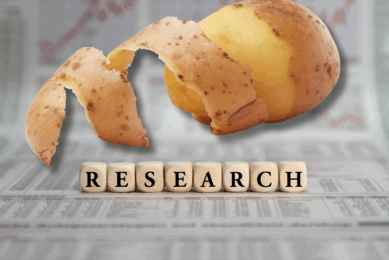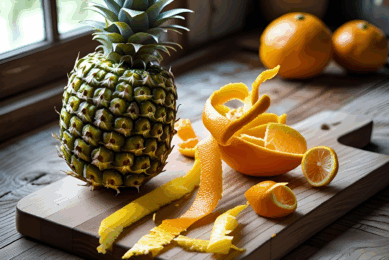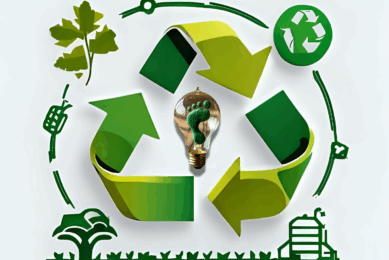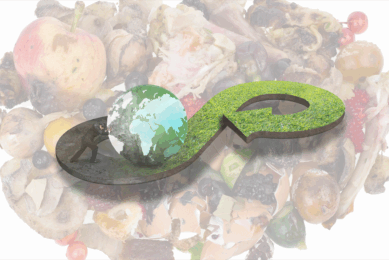Study compares environmental impact of insect protein vs. soy and fishmeal

UK research has found that insect meal has a much higher climate change impact than either soybean or fishmeal.
Setback for the feed sector
The results are a setback to the animal feed sector and its attempts to decarbonise the industry.
Concerns over protein sources
The study, conducted by Ricardo- AEA Ltd on behalf of the UK Government, was carried out in the light of sustainability issues associated with protein sources for livestock feed. There is particular concern over the use of soybean and fish meal and their impacts of deforestation and unsustainable marine harvests.
Insects as protein alternative
Alternative protein sources such as insect protein have been suggested as potential alternatives, with one notable advantage being the possible environmental savings due to vertical farming practices and the fast-maturing process from egg to larvae.
Score and aims of project
The project aimed to understand and quantify the potential environmental impacts of insect protein (black soldier fly larvae) in the form of meal, compared to soybean meal and fish meal, for use as pig and poultry feed through a life cycle assessment (LCA) to determine whether it could be used as an option for decarbonising the animal feed sector.
Frass as fertiliser option
The research also looked at frass, a key co-product in the maturing stages of the larvae, which can be used as fertilisers. Alternative studies have claimed frass has reduced climate change impacts due to its carbon sequestration possibilities.
Methodology and system boundaries
The study completed a LCA to understand the cradle-to-grave environmental impacts of insect protein based on black soldier fly larvae (BSFL) insect meal compared to soybean meal and fish meal. The cradle-to-grave boundary for the systems under study included all inputs and outputs for the production, from rearing, growing or catching the black soldier fly larvae (BSFL), soybean or fish and processing each into meal.
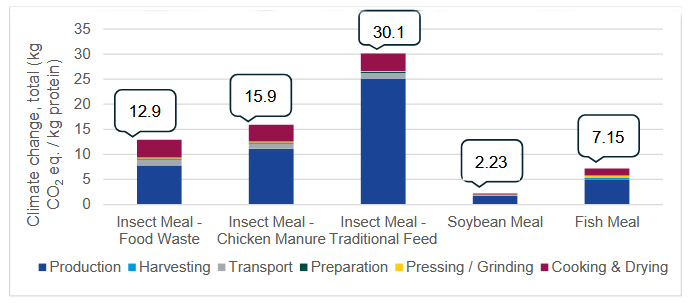
Protein impact comparisons
Results of the study have been given per one kilogram of protein provided by 5 meal systems (3 BSFL based systems, one soybean meal and one fish meal. Results were generated against 16 impact categories including climate change, which reports in terms of kg carbon dioxide equivalents (kg CO2 eq). They were then assessed to determine the key hotspots within the meal systems. Each meal’s climate change impact was compared and analysed.
While the use of frass as a fertiliser/soil improver was not included in the LCA, a rapid evidence assessment (REA) was carried out to assess the current status of data and evidence and identify any gaps which require further work before its environmental impacts can be fully quantified.
Climate impact findings
The study found that insect meal has a total climate change impact of between 12.9 to 30.1kg of CO2 eq per kg of protein, depending on the feedstock the larvae are raised on.
If raised on food waste-based insect meal, the rate was at the lower end of the range while the traditional feed-based insect meal was at the higher end.
Soybean and fish meal impacts
This is approximately 5.7 to 13.5 times the climate change impact of soybean and 1.8 to 4.2 times the impact of fish meal.
No universal best option
Looking across all of the environmental impact categories assessed, no single meal type has the lowest potential impact for every category. However, the soybean meal, while having the lowest values (least impact) in the majority of categories, does have the highest impact in terms of water use.
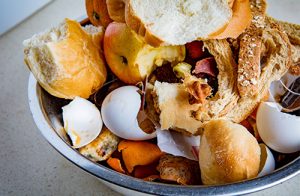
Food waste vs. Feed-based meal
The traditional feed-fed insect meal has the highest impacts for 13 out of 16 categories. Out of the insect meals, the food waste-based insect meal has the lowest values for 14 out of the 16 impact categories, with the chicken manure-based insect feed sitting between these.
Role of sensitivity analysis
Sensitivity analysis results indicated that the insect meal systems are highly sensitive to methodological decisions and production outcomes, particularly when studying the amount and source of electricity required for rearing larvae. Under a “best case” scenario, utilising the lowest impact electricity source studied, an alternative drying technology (electric powered oven) and basing the allocation of co-products on a mass-basis, it was seen that insect meal could achieve lower carbon emissions than the soybean and fish meal systems.
Conclusions and future potential
The study concluded that the LCA results suggest that insect protein may not currently be the solution to decarbonising the animal feed industry. But, it added, that under the right production conditions and with an increased demand for co-products, it may have a place in the decarbonisation of animal feed, when considered alongside other factors beyond the LCA, such as overfishing or deforestation and indirect land use change for soybeans.
Need for further research
Using frass as a fertiliser has the potential to improve the circularity of the insect production process and help to reduce the environmental impact. But further research is needed to assess both efficacy and environmental risk, particularly around standardisation of nutrient composition and reflect of storage, rate of application and crop growth within field scale trials and the impact on the wider environment – understanding the fate of N, its impact on greenhouse gas emissions and interaction with resident soil biology.




